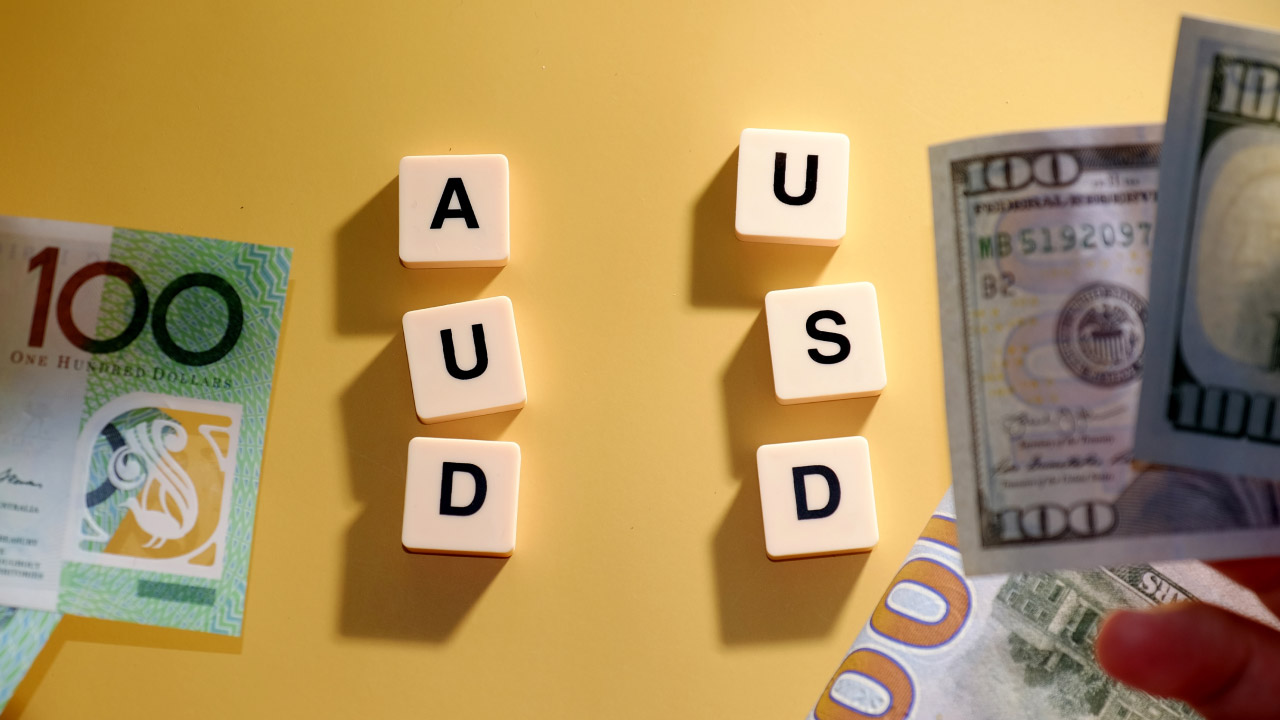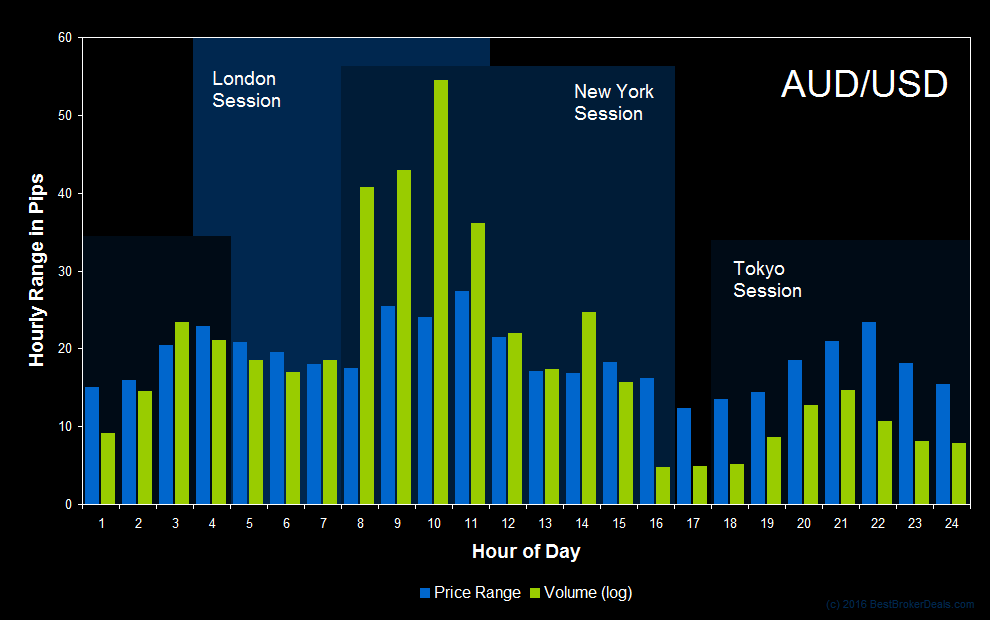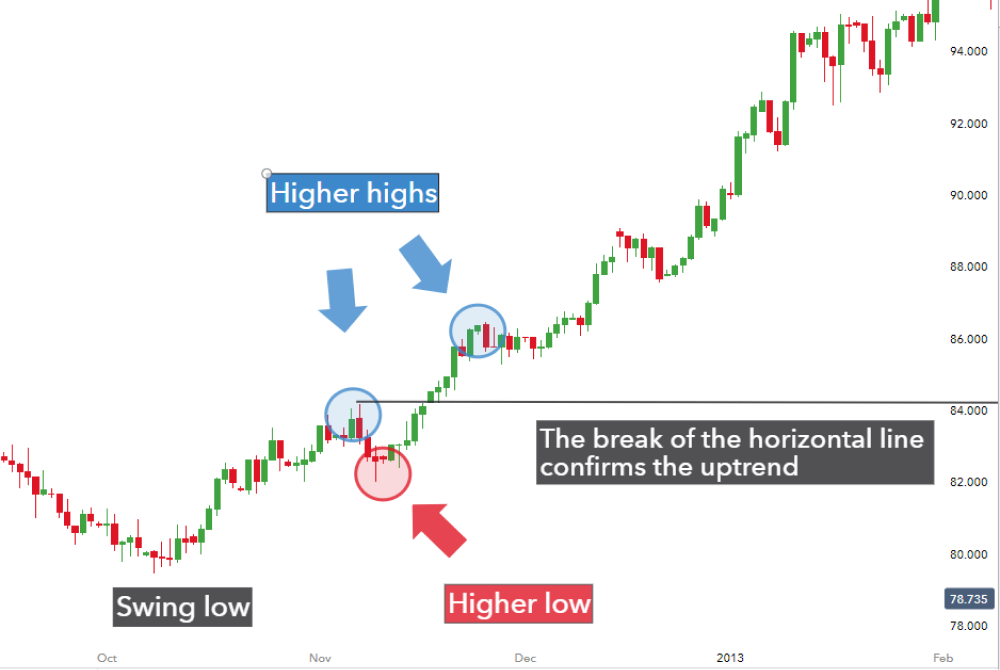In forex, timing can be just as critical as the strategy itself—especially when trading the AUD/USD pair. AUDUSD, which represents the exchange rate between the Australian Dollar (AUD) and the US Dollar (USD), is one of the most actively traded pairs in the global currency market. It's known for its liquidity, volatility, and strong ties to commodities like iron ore and gold.
In 2023, global forex volume surged to a daily average of $7.5 trillion, with AUDUSD accounting for a significant slice of that activity. Traders who knew when to engage saw increased profits due to tighter spreads and higher price movement during key hours.
Understanding the AUDUSD Currency Pair

AUDUSD is the shorthand for the Australian Dollar versus the US Dollar. When it trades at 0.65, that means one Australian dollar buys 65 US cents.
Commodity prices and announcements from the Reserve Bank of Australia (RBA) and the Federal Reserve influence this pairing.
Why Market Timing Matters for AUDUSD
Market liquidity and volatility fluctuate throughout the day. Specific times create overlapping trading sessions, important economic announcements, and heightened institutional involvement, all of which can substantially impact the AUDUSD pair.
Trading during high-volume windows often means tighter spreads, faster price movement, and better profit potential.
Data from 2023 indicates over 60% of AUDUSD profits were captured during peak trading hours, underlining the importance of trading at the right time.
Best Time to Trade AUDUSD: 13:00–17:00 GMT

The overlap between the London and New York sessions, which occur between 13:00 and 17:00 GMT, is widely regarded as the most profitable time to trade AUDUSD. During this window, market volatility increases by up to 20%, and the pair can move up to 50 pips or more daily.
Both the US and European traders are active during this period, and key US economic reports—such as jobs data, inflation releases, or Fed updates—often trigger sharp price movements. Traders with tight stop losses and clear setups tend to capture the most gains during this time.
The Asian Session: A Strategic Opportunity for Night Traders
The Asian session, which runs from around 19:00 to 04:30 GMT, coincides with the active trading hours in Australia. While generally quieter than the London–New York overlap, this session still presents opportunities, especially when Australian economic data is released.
For example, during an RBA announcement in 2023 at 01:00 GMT, AUDUSD jumped over 2% within minutes. Traders using strategic setups in these quieter hours benefit from reduced competition and can plan around specific news releases.
When Not to Trade AUDUSD: The Dead Zone (04:30–08:00 GMT)
Between 04:30 and 08:00 GMT, markets experience a lull in activity. It is known as the "dead zone", where the Asian and European sessions have little overlap and few news events occur. During this time, spreads widen, sometimes doubling to 2 pips or more.
According to data from 2022, traders who entered positions during this low-liquidity window often faced losses of up to $15 per lot due to spread expansion and minimal price movement. Avoiding this time can protect your account from unnecessary drawdowns.
Key Strategies to Maximise AUDUSD Timing

1. Overlap Trading
This strategy focuses on trading during the 13:00–17:00 GMT window. Major US economic releases typically drop at 13:30 or 14:00 GMT, creating volatility spikes.
In March 2023, AUDUSD rose by 1% after a US jobs report was issued at 14:00 GMT. Traders employing 20-pip stop losses and defined risk-reward ratios achieved high success rates during this period.
2. News Timing Strategy
Scheduled economic announcements from Australia or the US can cause sharp movements. For instance, Australia's Consumer Price Index (CPI), released at 01:30 GM, frequently shifts the pair by 30+ pips. Similarly, a US Federal Reserve rate update at 19:00 GMT can drive rapid directional moves.
Data shows that 70% of professional traders make their entry and exit decisions based on accurate news timing, demonstrating that knowledge of the economic calendar significantly affects profitability.
3. Range Trading During Sideways Markets
AUDUSD is known to range between 0.65 and 0.70 during periods of market indecision. Traders using Bollinger Bands during such conditions—often around 08:00 GMT before the European session fully engages—can spot potential reversals and trade within the range.
The Commodity Connection: How Prices Drive AUDUSD
Australia's economy is closely linked to commodities, especially iron ore. As iron ore prices increase, the Australian dollar also appreciates. In 2023, iron ore surged to $130 per tonne, contributing to AUDUSD to 0.67.
Traders frequently track commodity price reports typically published during Asian hours and initiate AUDUSD trades based on that information. This relationship can offer useful insights for trading opportunities in both the short and long term.
Risk Management Based on Time of Day
Different times require different risk tolerances. In times of high volatility, such as the US trading session, traders typically apply tighter stop-losses (about 20 pips) and commit only 1% risk per trade.
During quieter hours—such as the early Asian session—traders may opt for wider stops (30+ pips) and reduced position sizes to accommodate lower volatility.
Overtrading during low-activity periods was a key reason for account drawdowns in 2022, with some traders losing over $200 weekly by entering during dead hours.
What Times to Avoid for AUDUSD Trades
Avoid opening trades during weekends or just before markets reopen on Sunday evenings. Thin liquidity before 19:00 GMT on Sundays can lead to wide spreads and unpredictable gaps.
Also, steer clear of holidays in either the US or Australia, as reduced trading volume typically leads to whipsaw price action.
Conclusion
The ideal time to trade AUDUSD is well-known—it occurs between 13:00 and 17:00 GMT when the US and European sessions overlap. Combine that with tools, news awareness, and effective risk management, and you have a recipe for ongoing success.
Engaging in trading when the market is most active, keeping an eye on commodity prices, and utilising news developments can provide you with a considerable edge by optimising timing. Don't merely trade—trade more intelligently. AUDUSD presents a genuine opportunity if you take action at the opportune time
Disclaimer: This material is for general information purposes only and is not intended as (and should not be considered to be) financial, investment or other advice on which reliance should be placed. No opinion given in the material constitutes a recommendation by EBC or the author that any particular investment, security, transaction or investment strategy is suitable for any specific person.
























